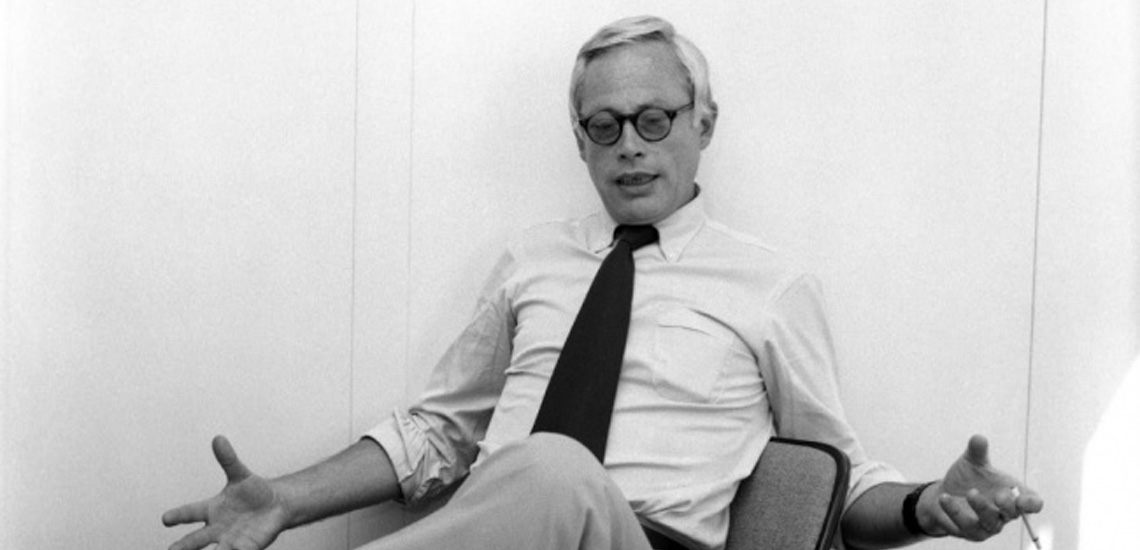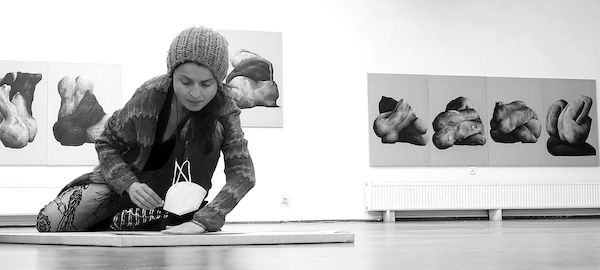Dieter Rams.
Dieter Rams was born in 1932 in Wiesbaden. He studied at the Academy of Fine Arts in his hometown. He admits that his grandfather, a carpenter by trade, had a big impact on his career. He was the person that instilled in Dieter firm belief that objects should be simple and functional. The designer followed this rule till the end of his career. Rams is a master of functionalism and one of the most important designers of the 20th century. For 40 years (1955 – 1995) he has been the head of design at the Braun company. Many of his designs are considered iconic. Many critics claim that Apple products were inspired by his design.
The creator himself once said:
- How would a computer of my design look today? Like one of the Apple products. In many newspapers or on the Internet people keep comparing Apple products to things that I designed when working for Braun. But I think that their design is brilliant. I do not think of it as an imitation. I consider it to be a compliment.
Good design.
Jobs had to leave the Apple company for a few years because of his clash with the CEO John Sculley. He re-entered the company in 1997. At that time he started attaching a lot of importance to the way his products looked. He worked and listened only to Johnatan Ive. They met by accident. Right after coming back to the company, Jobs started looking for a chief designer. He took into consideration the most remarkable creators of that time. He also visited design departments across the country. He stopped i.a. in Cupertino, where Jonathan was the director. It turned out that they were both „on the same wavelength”. Jobs chose the young artist to be his chief designer (he is now a Senior Vice-President). Together they designed the universal Apple products – the iMac, the iconic iPod, and iPhone.
Jonathan Ive.
Ive was born and raised in Chingford in the North-Eastern part of London. His career was influenced by his father, a goldsmith and excellent craftsman, who lectured at the local college. He instilled respect and sensibility into his son. Jonathan also appreciated precise realization as well as attention to detail. He often said:
- Whenever I sense a kind of sloppiness in a product, it really disgusts me.
Steve got really attached to his new designer. He trusted him. He gave him almost unlimited freedom in terms of action and decision-making. He spoke of him: „Besides, Jony understands that Apple is a company, which target is to create products; he is not a mere designer. That‘s why he works directly for me. He has more power than any other person at Apple, except for myself. There is no one at Apple who could tell him what to do or tell him off. This is how I organized it.” (source: Walter Isaacson. „Steve Jobs”. iBooks.)
Inspiration or plagiarism?
Is it bad that Jonathan Ive and Steve Jobs were inspired by good, functional design? When does inspiration turn into plagiarism? It seems that as long as the designer (of the first product) is fine with using his or her idea, then everything is OK. If the inspiration consists of a skilfully processed and enhanced form that introduces a new quality to the market, it means that something new was invented. Something that, in such a context, is not plagiarism.
Apple products indeed set new trends and quality. This brand has taken the world by storm due to its functionality as well as universal design. The products feature innovative shapes, functionality, and surprising technology.
What we can really ask ourselves is: After Jobs‘ death, won‘t Jonathan Ive distance himself from the Apple design? Won‘t he lean towards the functional and terse style of Rams? Will he abandon immortal rules of good design, in order to achieve glory and create something extraordinary? It seems that over the past two years, Ive has abandoned the classic pattern standards of Apple. He added colors to the products, which is contradictory to the principle of scarcity and modesty (look below: 10 principles for good design). He also modified forms and shapes. However, was it a good choice? Will the clients accept and enjoy the changes? These questions will be answered in the course of time, and the designer‘s talent will be verified.
10 principles for good design.
Dieter Rams have listed 10 principles for a good design that changed the history of design. Even after 50 years, they are still up-to-date.
Good design is…
1. innovative. The technology develops at an incredible pace, allowing new opportunities for design work. Chances for innovation are unlimited. A good design merges innovation with technology.
2. useful. We buy products that we want to use. Design should therefore be functional and aesthetic.
3. aesthetic. Besides functionality, appearance is the most important feature of a product. The products we use on a daily basis have a significant influence on our well-being. Only well-manufactured products can be beautiful.
4. understandable. A well-designed product should have clearly specified functions, and be intuitive, understandable, and clear. When using such products, the Clients do not need to read the manual in order to know which button to push.
5. honest. No false promises. It is not said to be more functional or innovative than it really is.
6. unobtrusive. A properly designed product should be neutral and restrained. After all, most products are not works of art – they are tools designed for a particular purpose. Tools should not be conspicuous.
7. long-lasting. It will never go out of fashion or grow old. Good design is neutral – a product can be used for many years and will never lose its style.
8. thorough down to the last detail. Precision is one of the most important features of good design. No product can be perfect without precision. Moreover, caring for details is caring for the customer.
9. environmentally friendly. The design makes an important contribution to the preservation of the environment. The manufacturers must take responsibility for their work and save natural resources
10. Good design is as little design as possible. Simplicity is the highest virtue. As Rams would put it “Weniger, aber besser” – less, but better. Products should not be burdened with non-essential functions and embellishments.




